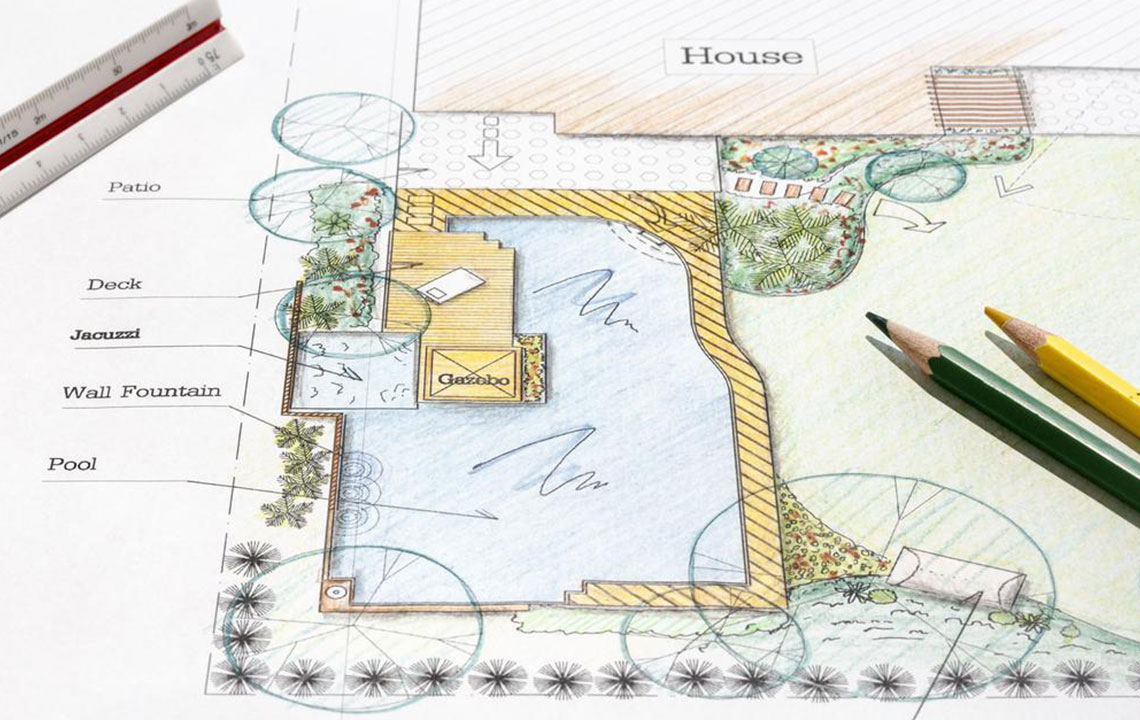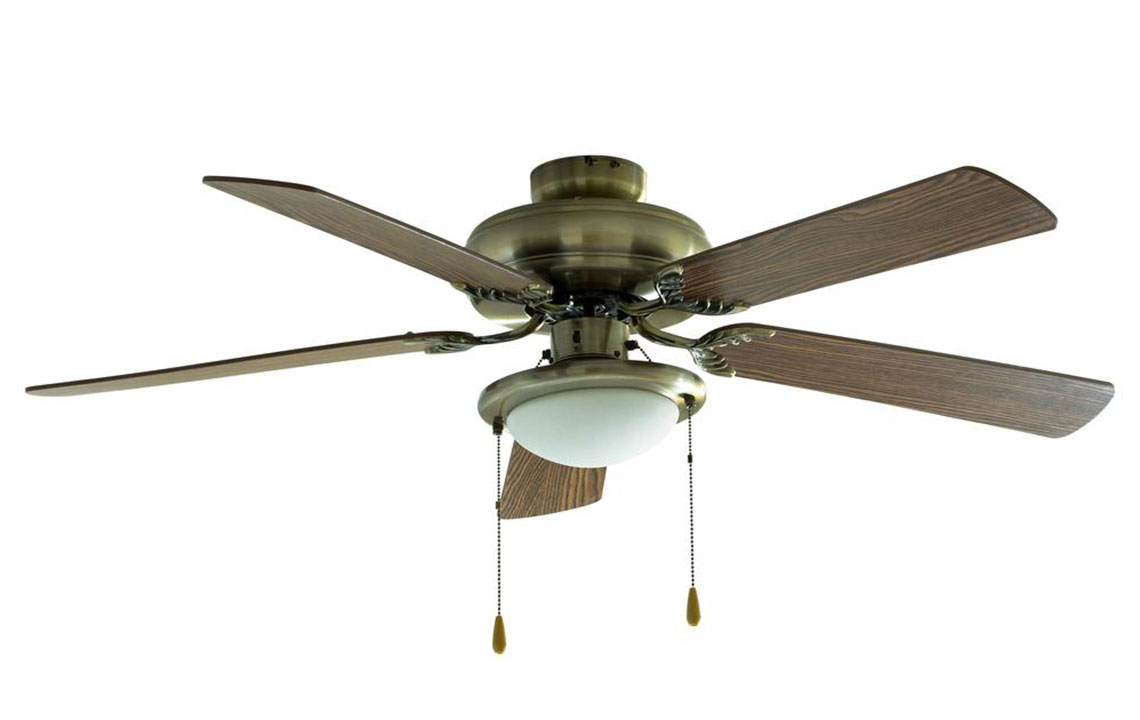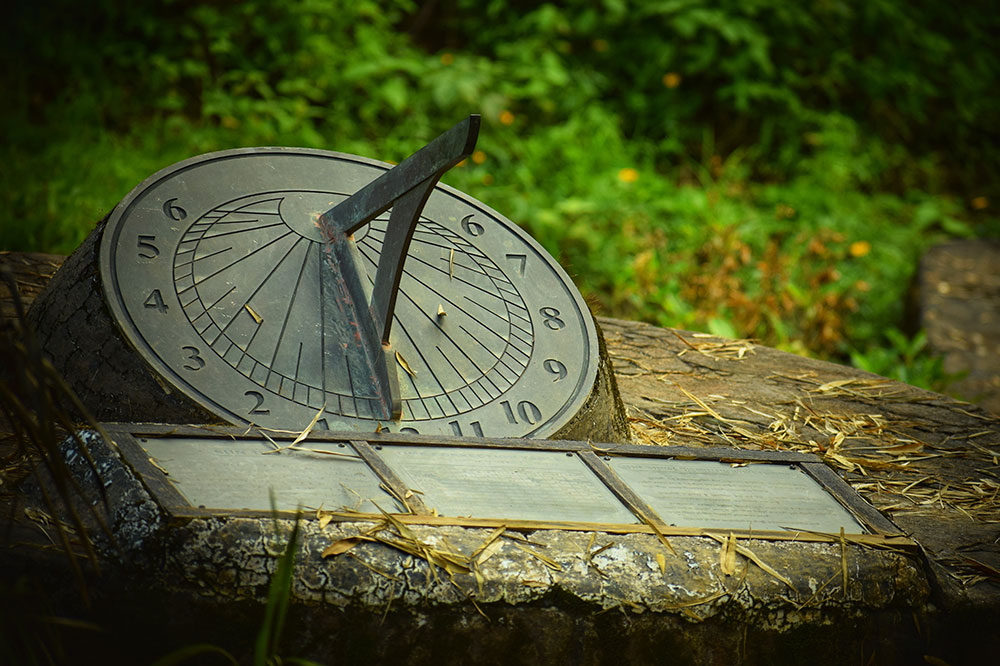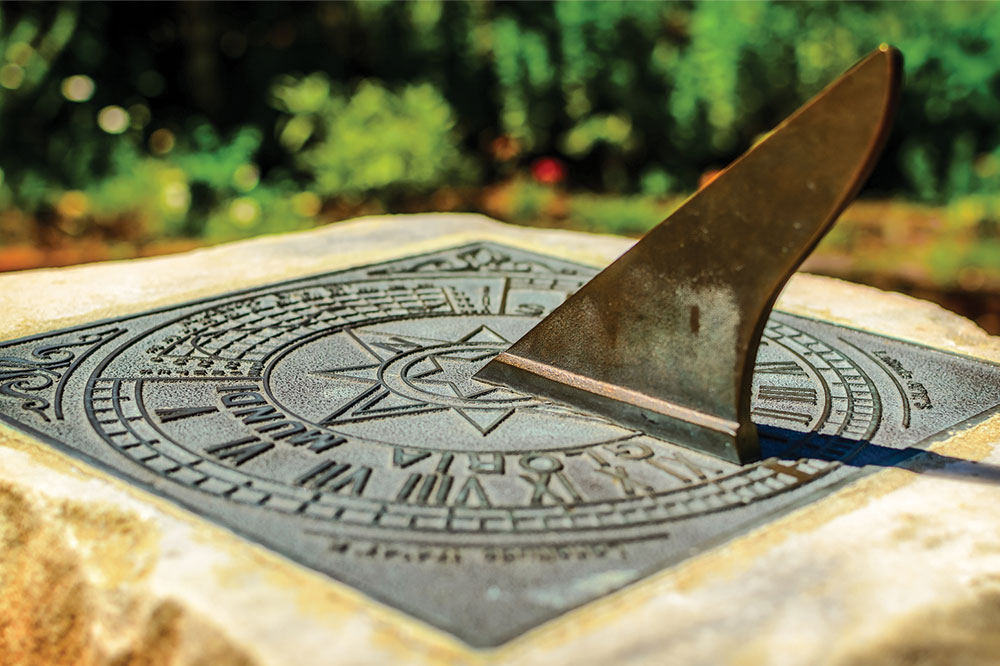Exploring Four Popular Types of Sundials
Discover four common types of sundials, including horizontal, vertical, equatorial, and polar designs. Learn how each style functions and enhances outdoor or educational settings. Easy to understand and perfect for garden decor or learning projects, these sundials blend functionality with aesthetic appeal.
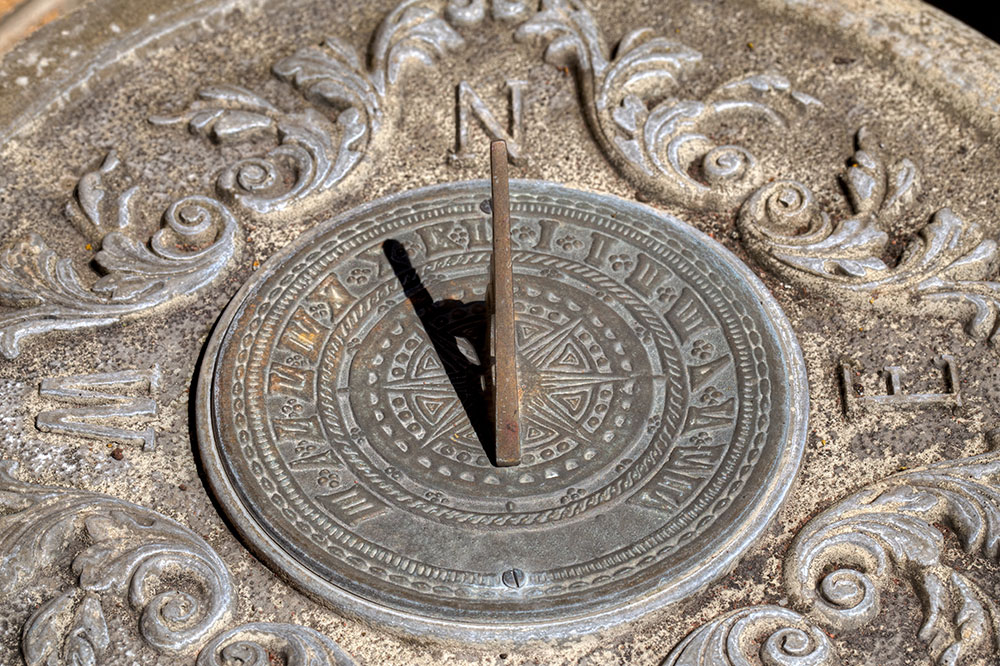
Sundials have long served as fascinating tools to track time by observing the Sun’s position in the sky. Often crafted as decorative pieces, sundials have evolved from simple timekeeping devices to charming garden ornaments that enhance outdoor aesthetics. Today, a variety of modern designs are available to complement different styles and environments. Whether for educational purposes or decorative appeal, choosing the right sundial can add a unique touch to any space.
Common Variations of Sundials
The market offers diverse sundials in numerous shapes, sizes, and materials, catering to different tastes and needs.
Here are four widely recognized types of sundials:
Horizontal Sundial
Known as the “garden sundial,” this is the most familiar style featuring a flat dial plate. Positioned on a pedestal, it includes a gnomon (the vertical part casting a shadow), hour markers, and a faceplate for time reading. This design is commonly placed in outdoor gardens to add charm and function.
Vertical Sundial
Typically mounted on building walls like churches or town halls, vertical sundials are visible from a distance. Their vertical face receives the shadow cast by the gnomon aligned with Earth's rotational axis. They tend to have uneven shadow movement due to their non-equiangular construction.
Equatorial Sundial
Also called the “equinoctial dial,” this type features a flat, circular or planar surface where shadows are cast. Its gnomon stands perpendicular to the dial plate, aligned with the celestial equator. Easy to construct, it provides an accurate way to observe the Sun’s position relative to Earth's equator.
Polar Sundial
Characterized by a dial face parallel to Earth's axis, with the gnomon aligned similarly. Hour lines are parallel on the face, which can be a flat rectangular plate or rod. These sundials are often installed at an angle to match Earth's tilt, providing a durable and straightforward time-telling mechanism.
Note:
Our blog aims to provide insightful and practical information across various topics. While our research strives for accuracy, readers are advised to verify details independently, as discrepancies or updates may exist. We do not accept responsibility for third-party data or changes in offers and schemes not covered here.



